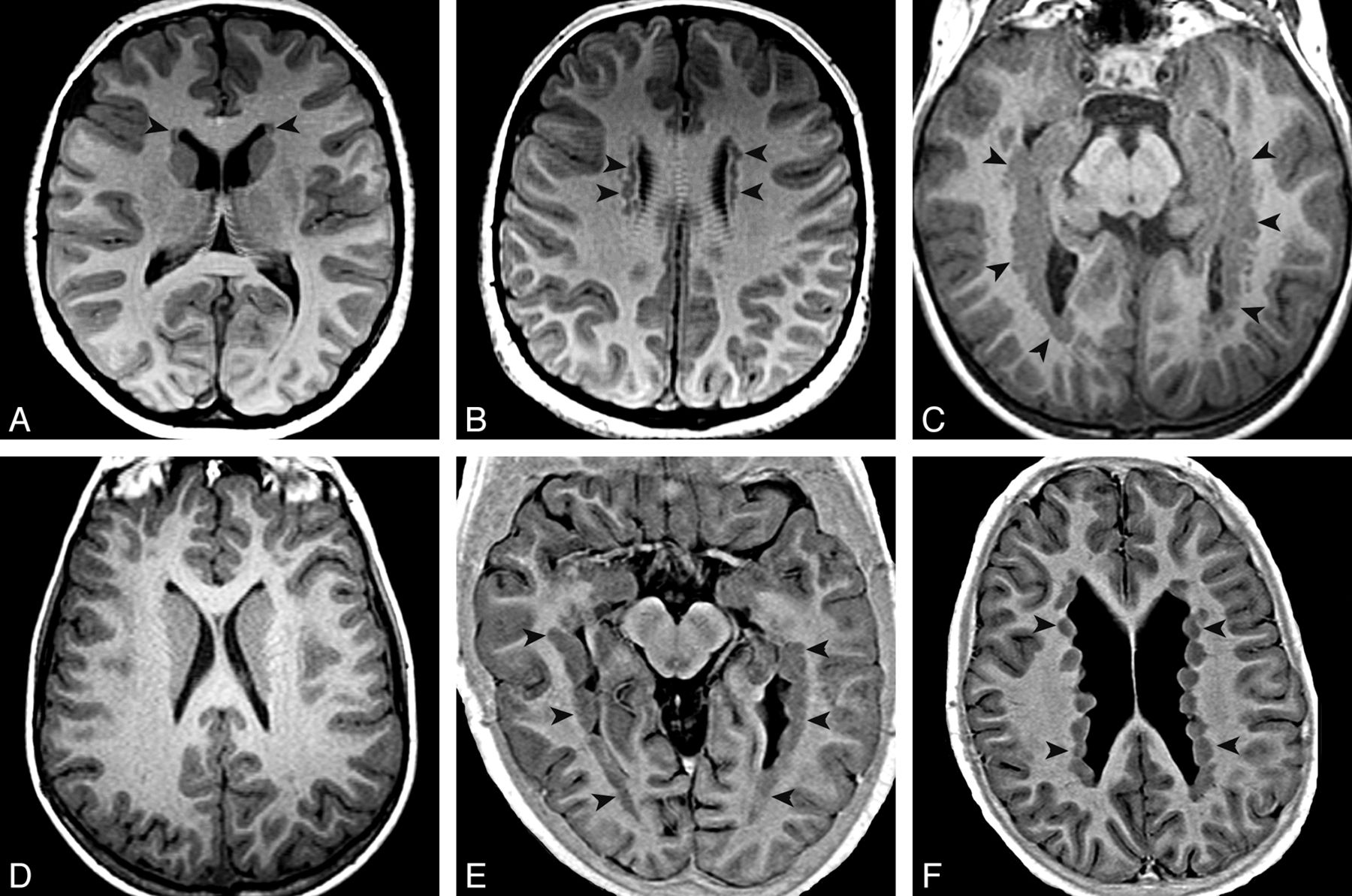
Hereditary Nodular Heterotopia is a rare genetic disorder affecting brain development. What causes this condition? Mutations in the FLNA gene are the primary culprits. This gene provides instructions for making a protein called filamin A, crucial for cell movement and structure. When mutations occur, neurons fail to migrate properly during brain development, leading to nodules of misplaced neurons. These nodules can cause seizures, developmental delays, and other neurological issues. Understanding the genetic basis of this condition helps in diagnosing and managing symptoms. Let's dive into 30 fascinating facts about this intriguing disorder, shedding light on its complexities and impacts on those affected.
Key Takeaways:
- Hereditary Nodular Heterotopia is a rare genetic disorder causing nodules of neurons in the brain. It can lead to seizures, learning difficulties, and speech issues, but early diagnosis and treatment can improve outcomes.
- While there is no cure for Hereditary Nodular Heterotopia, treatments like medication, therapy, and surgery can help manage symptoms and improve quality of life. Ongoing care and support from specialists are crucial for individuals with HNH.
What is Hereditary Nodular Heterotopia?
Hereditary Nodular Heterotopia (HNH) is a rare genetic disorder affecting brain development. It involves the improper migration of neurons during fetal development, leading to nodules of neurons in unusual locations.
- HNH is a genetic disorder: It is passed down through families, often following an X-linked dominant pattern.
- Neurons fail to migrate properly: During fetal development, neurons don't reach their intended destinations, causing nodules.
- Symptoms vary widely: Some individuals experience severe symptoms, while others may have mild or no symptoms.
- Commonly associated with epilepsy: Many people with HNH suffer from seizures due to abnormal brain activity.
- Can affect both genders: Although more common in females, males can also be affected.
- Linked to the FLNA gene: Mutations in the FLNA gene are often responsible for HNH.
- Diagnosis through MRI: Magnetic Resonance Imaging (MRI) is used to detect the nodules in the brain.
- May cause learning disabilities: Some individuals with HNH may have difficulties with learning and cognition.
- Can be part of a syndrome: HNH can occur as part of a broader syndrome involving other organs.
- No cure available: Treatment focuses on managing symptoms, particularly seizures.
Symptoms and Diagnosis
Understanding the symptoms and how HNH is diagnosed can help in managing the condition more effectively.
- Seizures are a primary symptom: These can range from mild to severe and may start in childhood.
- Developmental delays: Some children with HNH may experience delays in reaching developmental milestones.
- Behavioral issues: Problems such as hyperactivity or attention deficits can occur.
- Speech difficulties: Some individuals may have trouble with speech and language development.
- MRI is the gold standard for diagnosis: It provides detailed images of the brain, revealing the nodules.
- Genetic testing can confirm diagnosis: Identifying mutations in the FLNA gene can provide a definitive diagnosis.
- Family history is important: A detailed family history can help in diagnosing HNH, especially if other family members are affected.
- EEG may be used: An electroencephalogram (EEG) can detect abnormal brain activity associated with seizures.
- Prenatal diagnosis is possible: In families with a known mutation, prenatal testing can identify affected fetuses.
- Early diagnosis can improve outcomes: Identifying HNH early allows for better management of symptoms.
Treatment and Management
While there is no cure for HNH, various treatments can help manage the symptoms and improve quality of life.
- Antiepileptic drugs are commonly used: These medications help control seizures in many individuals.
- Regular monitoring is essential: Ongoing medical care is important to manage symptoms and adjust treatments as needed.
- Educational support may be necessary: Special education services can help children with learning disabilities.
- Speech therapy can be beneficial: Therapy can assist with speech and language development.
- Behavioral therapy may help: Addressing behavioral issues through therapy can improve daily functioning.
- Surgery is rarely needed: In severe cases, surgery may be considered to remove problematic nodules.
- Support groups can provide assistance: Connecting with others who have HNH can offer emotional support and practical advice.
- Lifestyle adjustments may be required: Managing stress and getting adequate rest can help reduce seizure frequency.
- Regular follow-ups with a neurologist: Ongoing care from a specialist is crucial for managing HNH.
- Research is ongoing: Scientists continue to study HNH to better understand the condition and develop new treatments.
Final Thoughts on Hereditary Nodular Heterotopia
Hereditary Nodular Heterotopia (HNH) is a rare brain disorder that affects the development of neurons. Understanding its genetic basis helps in early diagnosis and management. Symptoms like seizures and learning difficulties can vary widely among individuals. Genetic testing plays a crucial role in identifying HNH, allowing for better treatment plans. While there's no cure, medications and therapies can manage symptoms effectively. Research continues to explore new treatments and improve the quality of life for those affected. Awareness and education about HNH are essential for early intervention and support. If you suspect someone might have HNH, consult a healthcare professional for proper evaluation. Knowledge empowers families and caregivers to provide the best care possible. Stay informed and proactive in managing this condition.
Frequently Asked Questions
Was this page helpful?
Our commitment to delivering trustworthy and engaging content is at the heart of what we do. Each fact on our site is contributed by real users like you, bringing a wealth of diverse insights and information. To ensure the highest standards of accuracy and reliability, our dedicated editors meticulously review each submission. This process guarantees that the facts we share are not only fascinating but also credible. Trust in our commitment to quality and authenticity as you explore and learn with us.
